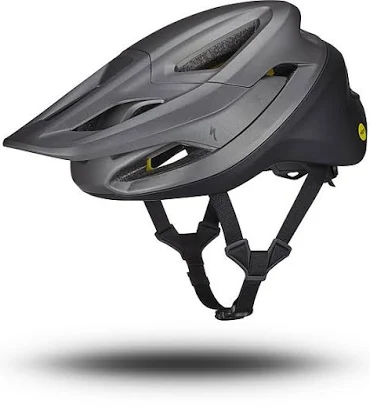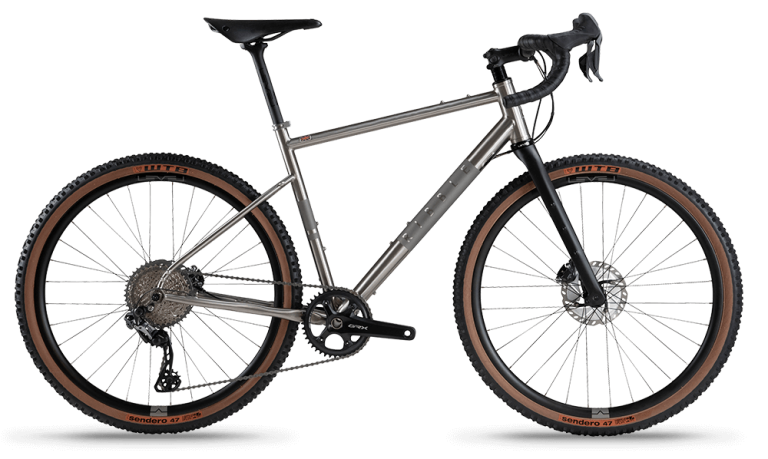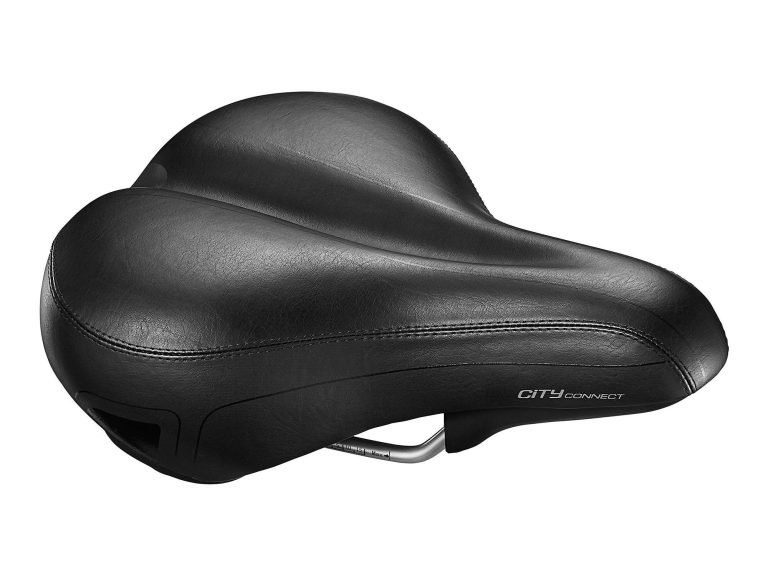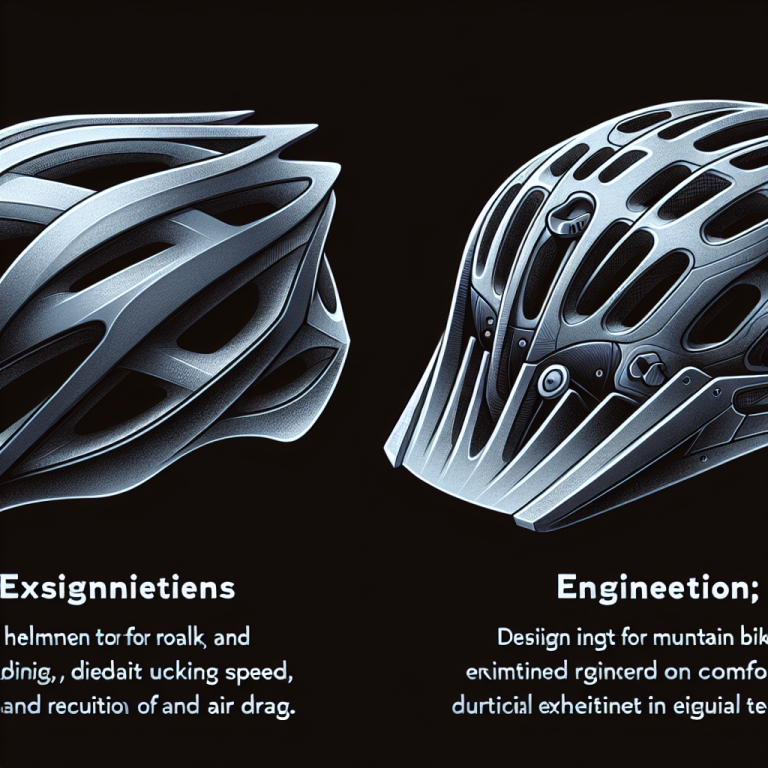Are you an avid cyclist looking to upgrade your helmet? It’s important to know the difference between a road and mountain biking helmet before making your choice. While both helmets serve a similar purpose of protecting your head, there are key differences in design and features that cater to the specific needs of each cycling discipline. Whether you prefer the smooth pavement or the rugged trails, understanding these variations will help you make the right decision for your cycling adventures.
Table of Contents
ToggleOverall Design
When it comes to choosing the right helmet for your cycling adventures, understanding the differences between road biking helmets and mountain biking helmets is essential. While both helmets are designed to protect your head in the event of a crash, they are tailored to suit the specific needs and demands of their respective disciplines. Let’s dive into the various aspects of their design and explore why they differ.
Aerodynamics
Importance in Road Biking
Aerodynamics play a crucial role in road biking, where speed and efficiency are paramount. Road biking helmets are designed to minimize drag and optimize airflow, allowing you to slice through the wind with ease. The sleek and streamlined shape of these helmets helps reduce resistance, enabling you to maintain a higher pace while expending less energy.
Reduced Drag
To achieve optimal aerodynamics, road biking helmets feature smooth, rounded contours without any vents on the surface. This absence of ventilation helps minimize drag by creating a seamless surface that doesn’t disrupt the airflow. By reducing drag, these helmets allow you to ride faster and conserve energy, giving you that extra edge in your endeavors on the road.
Smooth Shape
The smooth shape of road biking helmets not only enhances aerodynamics but also provides a sleek and stylish appearance. Their design focuses on reducing any elements that could create turbulence or hinder performance. The absence of excessive external features ensures a clean, low-profile look that integrates seamlessly with your cycling attire.
Less Ventilation
While ventilation is essential for comfort, road biking helmets tend to have fewer vents compared to their mountain biking counterparts. This is because the emphasis in road biking is on reducing drag rather than maximizing airflow. The reduction in ventilation helps maintain the helmet’s aerodynamic properties, ensuring smooth airflow and uncompromised speed.
Ventilation
Importance in Mountain Biking
Mountain biking, on the other hand, places a premium on ventilation due to the intense physical exertion and challenging terrain involved. While speed is still a factor in mountain biking, the focus is more on maneuverability, technical skills, and navigating rough trails. Therefore, mountain biking helmets are designed to maximize airflow and keep you cool during intense rides.
Increased Airflow
Mountain biking helmets feature a larger number of vents compared to road biking helmets. These vents are strategically positioned to aid in cooling by allowing a constant flow of air to circulate inside the helmet. The increased airflow helps dissipate heat and sweat, keeping you comfortable even during long and demanding mountain bike rides.
Strategic Vent Placement
The placement of vents in mountain biking helmets is carefully considered to optimize ventilation while still providing adequate protection. The vents are strategically positioned to take advantage of natural wind currents created while riding, effectively channeling the airflow through the helmet. This intelligent vent placement ensures that even at low speeds, you can enjoy sufficient ventilation to help regulate your body temperature.
Coverage
Extended Rear Coverage in Mountain Biking
As mountain biking involves navigating challenging terrains with sudden twists, turns, and unpredictable obstacles, the risk of falling and impacting the ground is higher compared to road biking. To account for this increased risk, mountain biking helmets often feature extended rear coverage, providing additional protection to the back of the head.
Impact Absorption
Mountain biking helmets prioritize impact absorption due to the likelihood of encountering rough terrain and potential crashes. The extended rear coverage, along with reinforced construction and additional padding, helps cushion impacts from various angles. This enhanced protection reduces the risk of serious head injuries and increases your overall safety on the trail.
Lower Coverage in Road Biking
In contrast, road biking helmets typically offer less rear coverage since the focus is more on reducing weight and maximizing aerodynamics. Road biking is generally done on smoother surfaces with less likelihood of encountering rough landscapes. Therefore, road biking helmets mainly focus on protecting the top and front of the head, striking a balance between safety and performance.
Visor
Mounting Visors on Mountain Bike Helmets
Mountain biking helmets often come equipped with visors, which serve multiple purposes. Firstly, the visor provides shade from the sun, improving visibility on bright days and reducing the chance of glare obstructing your view. Additionally, the visor acts as a physical barrier, shielding your face from low-hanging branches or other debris that may be encountered while navigating through dense trails.
Protection from Sun and Branches
The visor’s primary function is to shield your eyes from the sun, reducing the strain on your vision and enhancing your overall riding experience. It helps to keep your focus on the trail, ensuring you can react swiftly to any obstacles or changes in terrain. Moreover, the visor also serves as additional protection against branches and foliage, minimizing the risk of injury while immersing yourself in nature during your mountain biking adventures.
Safety Standards
When it comes to safety standards, both road biking helmets and mountain biking helmets adhere to specific guidelines to ensure optimal protection for the respective disciplines. However, the standards they follow differ due to varying impact scenarios that arise in road and mountain biking.
CPSC for Road Biking Helmets
Road biking helmets are required to meet the safety standards set by the Consumer Product Safety Commission (CPSC). These standards focus on providing protection against linear impacts, mimicking scenarios where a cyclist falls or collides with a fixed object on the road. This ensures that road biking helmets effectively absorb and distribute the force of impact, reducing the risk of skull fractures and other severe head injuries.
ASTM for Mountain Biking Helmets
Mountain biking helmets adhere to the safety standards established by the American Society for Testing and Materials (ASTM). These standards consider a broader range of impact scenarios, including angular impacts that may occur from side or oblique angles. By addressing these additional impact scenarios, mountain biking helmets are designed to provide comprehensive protection, safeguarding the rider in various challenging off-road situations.
Different Impact Scenarios
While both road biking helmets and mountain biking helmets prioritize safety, the difference in safety standards reflects the distinct nature of the disciplines. The enhanced protection provided by mountain biking helmets, taking into account angular impacts and extended coverage, ensures a higher level of safety for riders tackling rough terrains and technical trails.
Weight
Lightweight Design in Road Biking
Weight plays a significant role in road biking, where every ounce can impact performance and endurance. Road biking helmets are designed to be lightweight, allowing you to maintain speed and maneuverability without feeling encumbered by excessive weight. The emphasis on reducing weight ensures that road biking helmets provide comfort and allow riders to push their limits without unnecessary strain.
Additional Protection in Mountain Biking
Mountain biking helmets often have slightly more weight due to their advanced protective features and reinforced construction. The added weight serves to enhance impact absorption and durability, ensuring that the helmet withstands multiple impacts without compromising your safety. While weight is a consideration, the priority in mountain biking is on robust protection rather than minimal weight.
Durability
Road Bike Helmets Built for Impact at High Speeds
Road biking often involves riding at high speeds on paved surfaces, which can increase the severity of crashes and impacts. Therefore, road bike helmets are built to withstand high-velocity impacts and offer enhanced durability to ensure they adequately protect your head during potential accidents. The construction materials and design focus on providing stability and retention of protective properties even after a significant impact.
Mountain Bike Helmets Designed for Multiple Impacts
Mountain biking entails navigating challenging terrains with potential obstacles, making crashes and impacts more frequent. To accommodate the likelihood of multiple impacts, mountain bike helmets are designed with durability in mind. These helmets are engineered to withstand repeated impacts without compromising their protection, ensuring reliability and safety throughout your mountain biking journeys.
Fit and Adjustability
Snug Fit for Road Biking
Road biking helmets prioritize a snug fit to ensure comfort and maximum effectiveness during high-speed rides. A well-fitted helmet helps minimize movement and ensures that the protective features align precisely with your head, allowing them to absorb impact forces effectively. Road biking helmets often feature adjustable retention systems, enabling you to fine-tune the fit to your specific head shape for optimal comfort and security.
Adjustable Fit for Mountain Biking
Mountain biking, with its varied terrain and technical challenges, may require different head positions and movements compared to road biking. To accommodate these dynamic requirements, mountain biking helmets often offer adjustable fit systems that allow you to customize the fit according to your preferences. These systems provide a secure and comfortable fit while ensuring the helmet remains stable during aggressive maneuvers and sudden changes in direction.
Price Range
Variation in Price between Road and Mountain Biking Helmets
Price ranges for road biking helmets and mountain biking helmets can vary, reflecting the different requirements and technical features associated with each discipline. Road biking helmets, with their focus on aerodynamics and lightweight construction, are often designed with advanced materials and precise engineering. As a result, they tend to be priced higher to accommodate these technological advancements.
On the other hand, mountain biking helmets, with their emphasis on extensive coverage and durability, may have a wider range of prices. Entry-level mountain biking helmets provide adequate protection at more affordable price points, while high-end models with additional features and advanced protective elements may come at a higher cost.
Choosing the Right Helmet for You
When selecting a helmet, it is crucial to consider your specific cycling preferences and the demands of your chosen discipline. Road biking helmets excel in aerodynamics and lightweight design, catering to speed-oriented riders seeking optimal performance. Mountain biking helmets prioritize enhanced protection, ventilation, and durabilit








